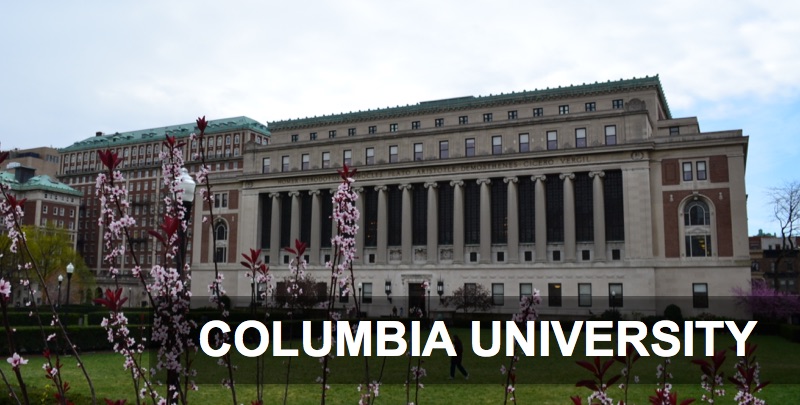
Columbia University is home to thousands of undergraduate students each year. Situated in the upper west side of New York City, the campus has a secluded and close-knit feel despite the bustling metropolis surrounding it. Featuring three different undergraduate schools and over 80 areas of study, students can major in nearly anything at Columbia. Students also have options to combine undergraduate and graduate studies to earn advanced degrees more quickly.
The university is also well-known for their research initiatives and outcomes. Faculty at Columbia are dedicated to committing the resources of the university to help address global challenges and crises. With hundreds of research centers and institutes on campus and around the world, students have ample opportunities to apply their academic learning to problem solving for the greater good of the world.
As part of its initiative to prepare its students to be leaders with global influence upon graduation, Columbia University offers its students opportunities to help New York residents through community service. Through unique programs such as the Double Discovery Center, the Washington Heights Health Initiative, and Community Impact, students have the opportunity to volunteer in these organizations and give back to the greater community. Students have the opportunity to work collaboratively and develop practical skills that will be useful in their post-graduate endeavors.
History
Columbia University was founded in 1754 with a class of 8 students as King’s College through a royal charter from England’s King George II. Though the college was affiliated with the Anglican Church, the founders recognized the need for religious liberty on the cusp of the American Revolution. The war required the university to halt instruction for eight years, though several of the influencing men at the forefront of the establishment of the United States were students at and trustees of King’s College. The school opened up again following the war with its new name signifying freedom and independence, Columbia College.
In the years following the Revolutionary War and the rebranding of the college, Columbia continued to grow, evolve, and spread its influence. In the latter half of the 19th century, the Columbia School of Law and the mining school that would become the Fu Foundation School of Engineering and Applied Science were both opened. In 1890, the college moved to a university system, absorbing the Barnard College for Women, the Teachers College, and the medical school. The university campus also moved in 1897 to its current location at Morningside Heights. The number of students and the degrees offered by the school expanded significantly following this merger and location change.
The expansion and success of Columbia University continued into the 20th century, though there was a brief period of crisis and unrest during the 1960s due to the Vietnam War and the Civil Rights movement. Protesting students shut down the university for days in 1968 until the police forcibly removed over 1,000 people. The events during this era led to the university losing money and creating discord and a loss of morale in the campus community. The college has rebounded over the past several decades and has regained its reputation as a prestigious and hallowed institution for higher learning.
Campus Life
When Columbia University was moved to Morningside Heights at the close of the 19th century, the campus was created to resemble the agora of Athens in both appearance and purpose. With the Low Library as the architectural centerpiece, promenades, paths and greens connect this historical structure with dormitories, dining halls, and academic buildings across the campus. Although newer buildings have been constructed in the years since, the campus has maintained the same connected feeling.
On campus, students have the option to join clubs, athletic teams, or participate in a variety of community service and extracurricular groups. Columbia University offers NCAA Division I sports for athletes to participate in, and spectators to observe and root on their Columbia Lions. Students can engage in or attend a variety of arts exhibitions, including visual arts exhibitions, dance recitals, theater productions, and musical performances. The surrounding community of New York City also offers an endless supply of arts, sports and other cultural events for students to immerse themselves in.
Financial Aid
Columbia University provides scholarships, grants and work study support for students who are eligible. Academic success, athletic talents, membership of some ethnic groups and the family’s financial need can all impact the University’s decision to provide aid to its students.
